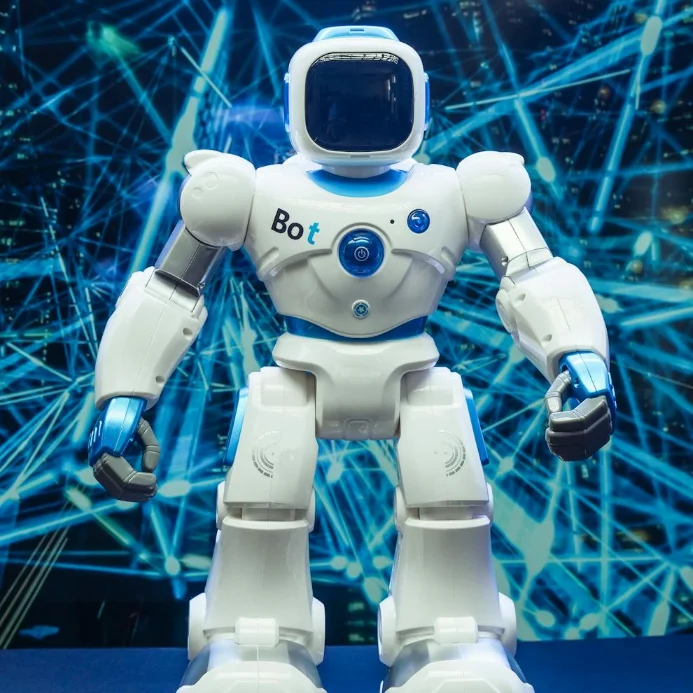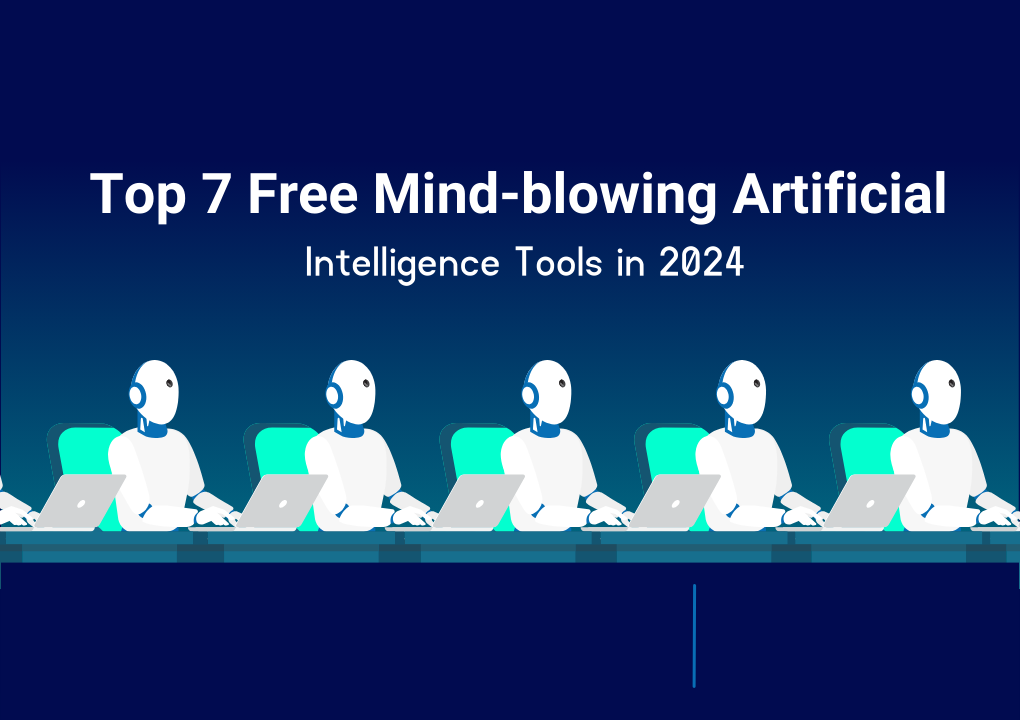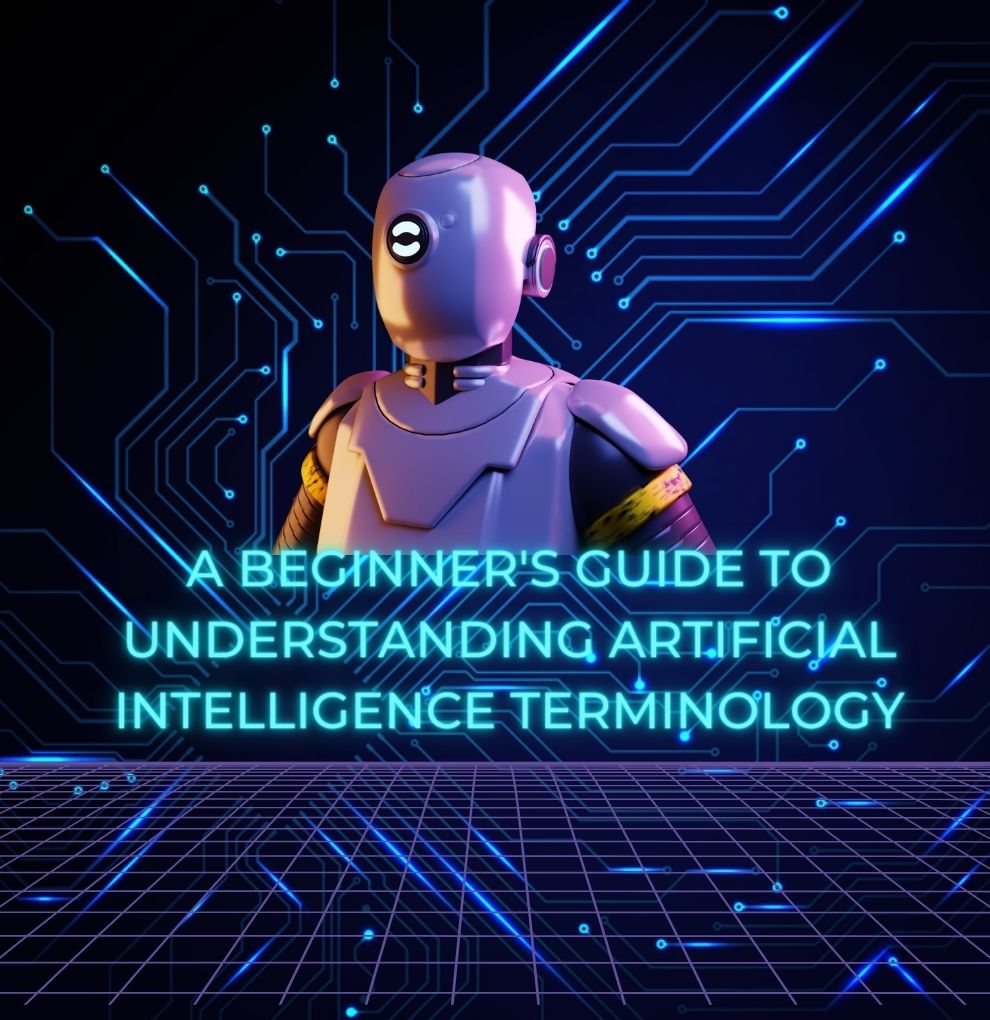Introduction
Welcome to SynthAI Tech Hub, your entry into the cutting-edge world of artificial intelligence. In this exploration, we will start on a trip to uncover the future trends affecting the world of AI technology, directing us toward what tomorrow may bring.

The Current Status of AI
Before we go ahead and explore “Unveiling the Future Trends in AI Technology”, let us reflect on the extraordinary advances in artificial intelligence that have occurred in recent years. From achievements in machine learning to the remarkable powers of neural networks, the current state of AI lays the groundwork for the exciting developments to come.
AI’s incorporation into a variety of industries, including healthcare, banking, and entertainment, has proved its disruptive potential.
Machine learning algorithms have improved their ability to understand patterns and forecast outcomes, opening the way for previously unthinkable possibilities.
As we approach a new era, it is critical to understand the dynamics driving AI forward. From improving existing technologies to embracing the potential of quantum computing, the stage is set for a fundamental change in the field of artificial intelligence.
Table of Contents
Foundations of Future Trends

As we look to the future of AI, it’s critical to grasp the fundamental building pieces that will shape its path. Machine learning, a driving force in today’s artificial intelligence scene, is constantly evolving. Algorithms are growing increasingly intelligent, capable of handling difficult jobs and reacting to new data in real time.
Neural networks, inspired by the human brain, are achieving unprecedented levels of efficiency. Deep learning, a subtype of machine learning, allows AI systems to understand, analyze, and learn from massive volumes of data. The combination of these technologies provides the foundation for future AI trends.
Furthermore, the possibility of quantum computing adds a new dimension to AI’s future.
Quantum computers have the capacity to process information at previously unthinkable speeds. This increase in computer power has the potential to alter the way AI systems work, solving previously unsolvable challenges.
As we navigate these core technologies, it becomes evident that the future of AI will be defined by a convergence of machine learning, neural networks, and the transformational possibilities made possible by quantum computing. The route to tomorrow’s AI involves both an exploration of the familiar and an acceptance of the unknown. Watch This Video.

The Role of AI in Industry 4.0
Furthermore, the implementation of AI in the workplace is changing the way we approach tasks. From predictive maintenance in industries to AI-driven decision support systems in businesses, AI is becoming an important friend, complementing human capabilities and unlocking new levels of productivity.
As we traverse the intersection of AI and Industry 4.0, the opportunities for innovation and disruption are enormous. It is a paradigm change that affects not just the production of products and services, but also the operations and competition of enterprises in an increasingly interconnected global landscape.
Challenges and Opportunities
The path to the future of AI technology is not without its problems and opportunities. In this section, we will look at the dynamic terrain that awaits us, stressing the challenges to conquer as well as the promising chances that lie ahead.

Technical Challenges
The ever-changing nature of AI creates technical obstacles that require creative approaches. Overcoming processing power constraints, correcting algorithmic biases, and assuring the endurance of AI systems in a variety of real-world contexts are critical issues that academics and developers are actively working on.
Business Opportunities
Amid challenges, there are abundant opportunities for businesses to harness the potential of AI. From creating novel AI applications to enhancing existing products and services, businesses can leverage AI to gain a competitive edge. The rise of AI-driven startups and collaborations between tech companies is indicative of the vast business potential in this field.
Global Impact
The impact of AI transcends borders, and navigating the global landscape requires addressing both challenges and opportunities on an international scale. Collaborative efforts between countries, sharing research findings, and establishing ethical frameworks for AI deployment contribute to a global community that collectively shapes the future of AI.
Skills Gap
One notable challenge is the growing gap between the demand for AI-related skills and the available talent pool. Bridging this gap requires investments in education and training programs to equip individuals with the expertise needed to drive AI innovation across various industries.
As we navigate these challenges, the opportunities are equally compelling. The ability to overcome technical obstacles, capitalize on business prospects, and collaborate on a global scale positions us to unlock the full potential of AI, shaping a future where artificial intelligence contributes positively to society.
Collaboration & Research
Collaborations between industry and academia create a mutually beneficial connection that promotes innovation. Academic institutions give theoretical insights, research discoveries, and a pool of competent researchers, whilst industrial partners provide real-world issues, resources, and practical AI solutions. This partnership not only speeds invention but also assures that AI technologies are theoretically sound and practical.
Global Research Initiatives & Unveiling the Future Trends in AI Technology
AI is a science that transcends national boundaries, and global research activities are critical to establishing a shared understanding of its potential and problems. Collaborative projects, joint partnerships, and cross-border information sharing all help to create an extensive web of knowledge that pulls the AI community forward. International idea exchange ensures a comprehensive strategy for dealing with the multiple challenges of AI development.
Interdisciplinary Collaboration
AI’s impact spans across disciplines, including healthcare, economics, and environmental research. Interdisciplinary collaboration, which brings together specialists from different domains, improves our overall grasp of how AI might be used to address complicated challenges. This collaborative approach fosters creativity, promotes cross-disciplinary innovation, and broadens the range of AI applications.
As we navigate the future of AI, we must recognize the need of collaboration and research. The combined efforts of researchers, industry experts, and institutions around the world contribute to a common vision of leveraging artificial intelligence’s potential for societal benefit.





1 Comment
[…] In navigating the terrain of AI integration, businesses encounter a dual landscape presented in Section 5, “Challenges and Opportunities,” within the overarching narrative of the “Strategic Impact of AI on Business Growth.” This segment critically examines the multifaceted nature of the AI journey, identifying challenges and opportunities that businesses encounter as they strategically incorporate AI technologies. You can read the future trend of AI here. […]